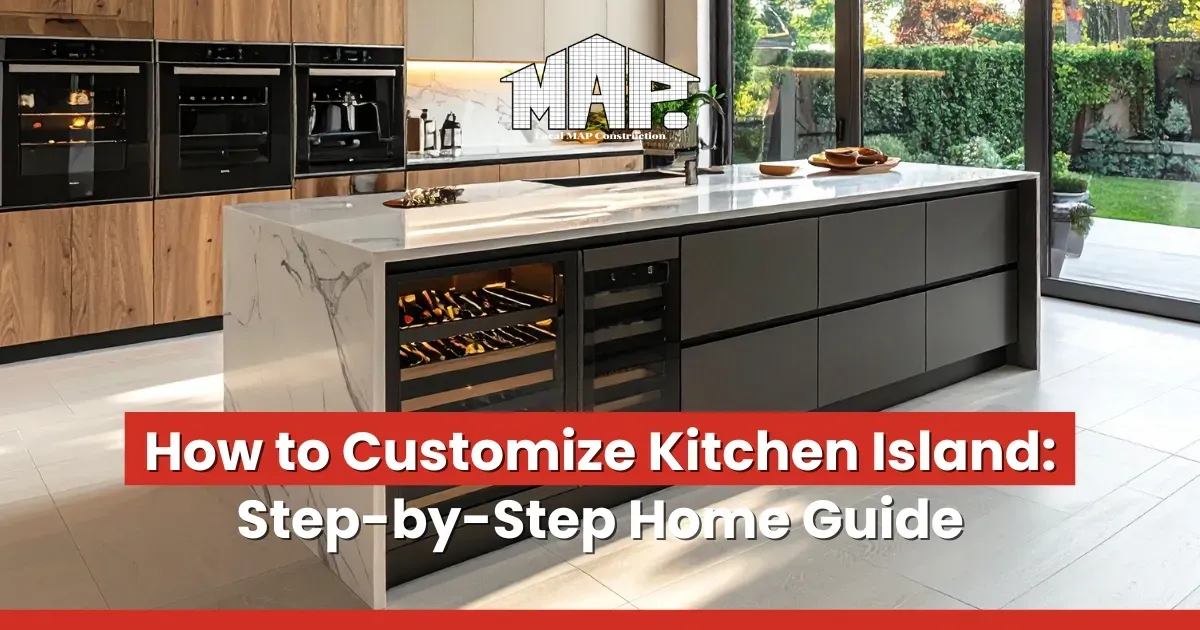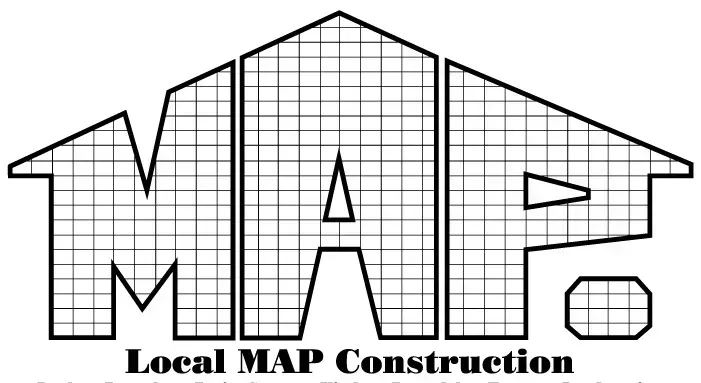How to Customize Kitchen Island: Step-by-Step Home Guide
Thinking about how to customize kitchen island design that fits your space and daily routine? A kitchen island can do more than hold plates. It can create a gathering spot, handle food prep, and even store your kitchen appliances. The right island ties together your kitchen design and boosts both style and function. In this guide, you’ll find a clear, step-by-step way to build the island you’ve been dreaming of. From picking materials to planning storage, you’ll learn how to design a space that feels practical, stylish, and uniquely yours.
What Should You Consider Before Customizing a Kitchen Island?
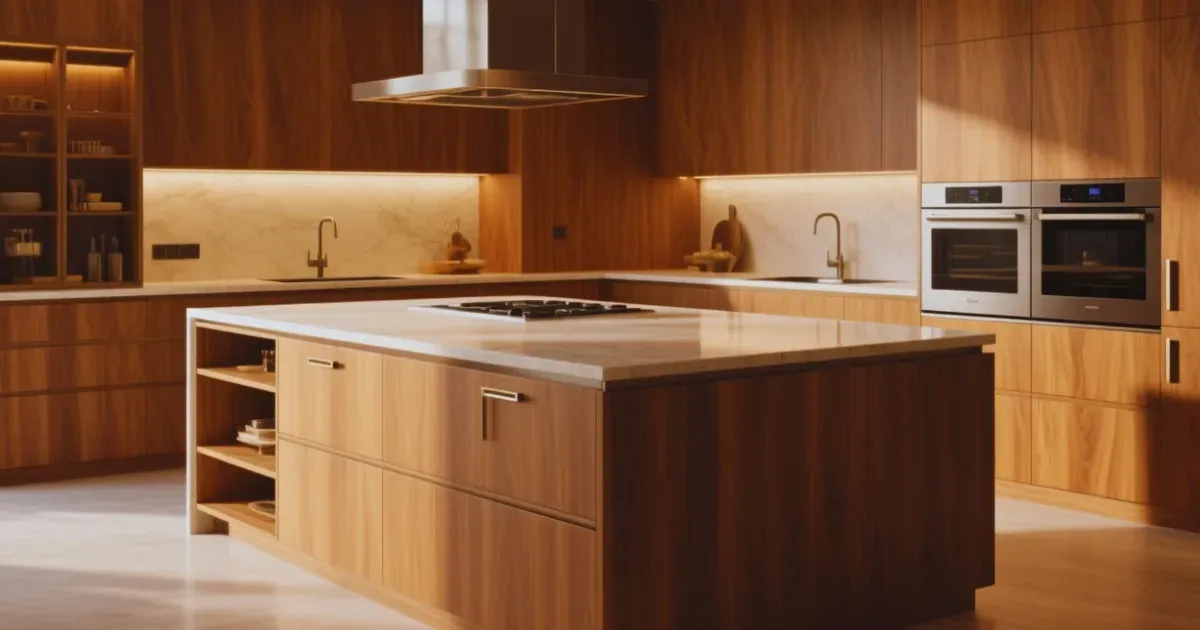
Before changing your kitchen island design, think about your space, how you use the kitchen, and your storage needs. A busy family might want a multi-level kitchen island with open shelves for easy access. Serious cooks may prefer a butcher block kitchen island or a marble-topped kitchen island for durability. If your kitchen is small, a portable kitchen island or butcher block cart could be the better fit. Always balance style and function to make the island both useful and inviting.
What Are the Steps to Customize a Kitchen Island?
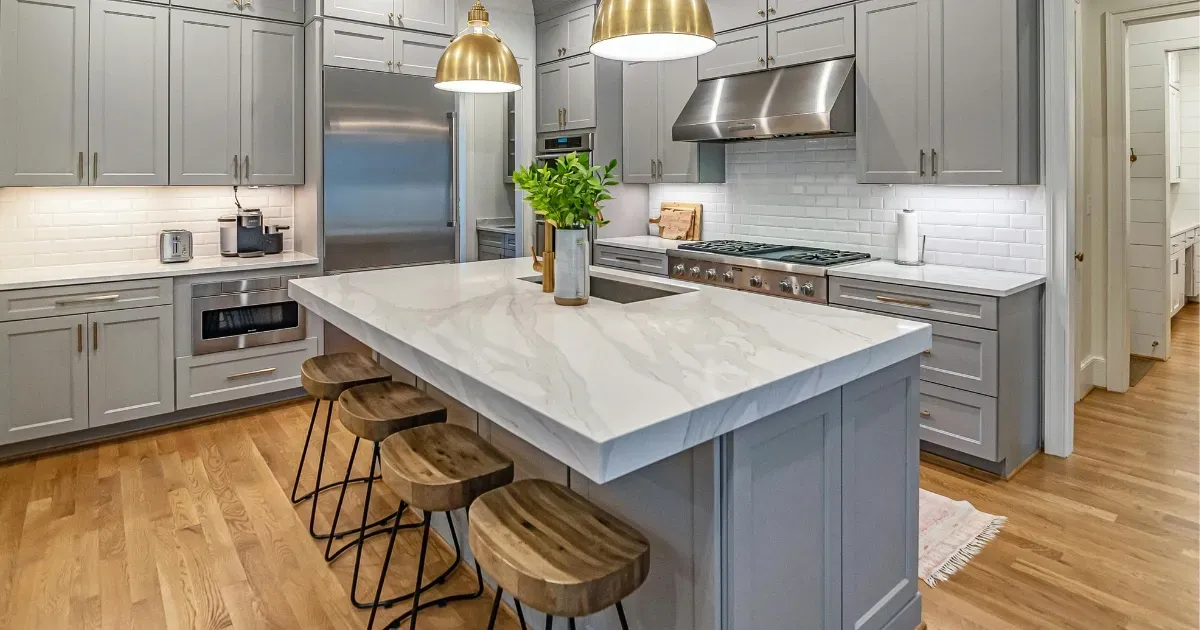
Designing a kitchen island goes beyond appearance. Each step brings you closer to a space that feels welcoming and easy to use. With the right steps, you can create an island that works well in both spacious and compact kitchens.
Step 1. Plan Your Layout
Your kitchen layout sets the stage for the entire design. Decide where the island fits in relation to wall cabinets, base cabinets, and kitchen shelving. Keep enough space for kitchen chairs or counter height stools so traffic flows easily. Good planning now avoids mistakes that could disrupt home safety later.
Step 2. Pick the Size
Choosing the right island size is about matching your space and needs. A large kitchen may handle counter-height islands or even a transitional kitchen island, while smaller rooms may suit kitchen island tables. Always keep a walking space around the island clear to prevent tipping over hazards. The cost range also depends on size; it is important to measure carefully before making custom orders.
Step 3. Choose Materials
Materials shape both function and feel. A butcher block kitchen island brings warmth and traditional charm, while a marble-topped kitchen island delivers elegance to a modern kitchen. Some people prefer reclaimed wood for eco-friendly projects with character. Your choice should balance strength, budget, and kitchen theme.
Step 4. Add Storage
A kitchen island can meet many kitchen storage goals. You can design it with cabinet doors, shaker-style cabinets, or in-drawer outlets for kitchen linens. Add a pot rack above for pots and pans, or consider open shelves for daily items. Thinking ahead about storage needs makes the island more functional.
Step 5. Select Features
Custom features set your island apart. Add built-in appliances like a microwave drawer, docking drawer, or even a French stove or American range for convenience. A water filtration system, an apron sink, or in-drawer outlets can elevate daily use. These upgrades combine style and function while simplifying your kitchen routine.
Step 6. Match Your Style
The island should reflect your overall kitchen design. If you love a modern farmhouse look, use wood stain with shaker-style cabinets and decorative feet. For sleek lines, a waterfall countertop with geometric shapes creates a bold statement. Match the island with your kitchen decor and kitchen fixtures for a cohesive feel.
Step 7. Finish With Details
The finishing touches define your island. Choose cabinet hardware placement, countertop edge profiles, or stain finish options from a wood and stain guide. Add wooden legs, a remnant trash pile pull-out, or stylish outdoor furniture-inspired kitchen chairs for personality. Small details transform a basic island into a standout feature.
What Materials Work Best for Kitchen Islands?
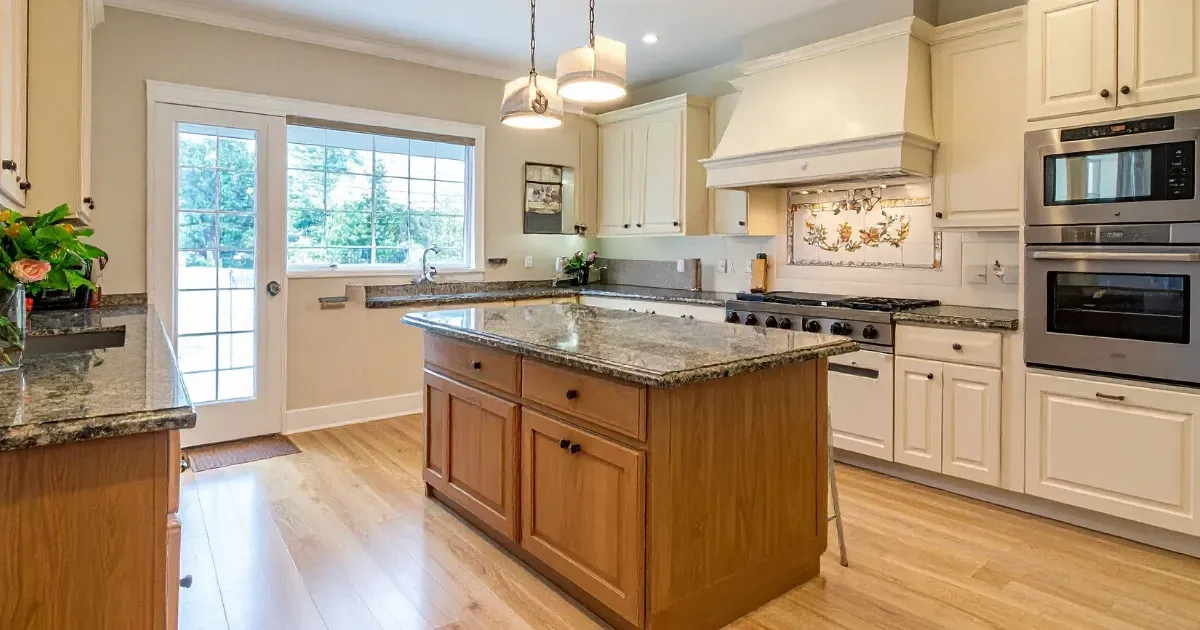
Your choice of materials affects durability, style, and comfort. The right mix balances practicality with design, so the island looks beautiful and works hard every day. Read to know the different materials that work best for kitchen islands.
Wood Finishes
Wood brings warmth to any kitchen renovation. Popular wood species like maple or oak pair well with shaker-style cabinets and base cabinets. A butcher block cart or butcher block kitchen island works well for food prep and adds a traditional look. Apply stain finish options from a wood and stain guide to match your kitchen theme.
Stone Countertops
Stone adds elegance and strength. A marble-topped kitchen island offers a classic touch and pairs beautifully with a modern farmhouse kitchen. Granite, quartz, or other natural stone works with countertop edge profiles to add polish. Stone is durable for heavy kitchen storage and can resist wear from daily food prep.
Metal Accents
Metal brings durability and style. Use stainless steel for kitchen fixtures, cabinet hardware placement, or apron sink finishes. Adding metal accents balances traditional wood with a sleek, modern kitchen vibe. This combination fits especially well with transitional kitchen island designs that mix old and new.
When Should You Hire a Professional to Customize a Kitchen Island?
Hiring a professional is a good decision if your island involves plumbing, electrical, or built-in appliances. Adding features like a microwave drawer, in-drawer outlets, or a water filtration system requires skilled work. Professionals also help with heavy stone installation, cabinet hardware placement, and custom orders. If you want unique elements like a waterfall countertop or multi-level kitchen island, expert help ensures safety and accuracy. Their guidance saves time and protects your investment.
Frequently Asked Questions
How much does it cost to customize a kitchen island?
The cost range varies by size, materials, and features. A simple prefabricated island is less expensive than a custom kitchen island with upgrades. Adding plumbing or electricity raises costs.
What is the best size for a kitchen island in a small kitchen?
A portable kitchen island or small kitchen cart works well in compact spaces. These options give flexibility without limiting movement. Always leave walking clearance to keep home safety in mind.
Can I customize a kitchen island with seating and storage together?
Yes. Many kitchen island tables combine both. You can add counter height stools on one side and cabinet doors or open shelves on the other. This balances seating and kitchen storage in one design.
Do I need a permit to customize a kitchen island with plumbing or electricity?
Most areas require permits for plumbing or electrical work. Adding an apron sink, built-in appliances, or outlets typically needs approval. Always check local codes before starting.
Is it cheaper to customize a kitchen island myself or hire a professional?
DIY projects cost less but come with risks. Complex features like built-in appliances or waterfall countertops are better left to professionals. Hiring help may save money long term by avoiding repairs.
Wrapping
Customizing a kitchen island connects kitchen design, kitchen decor, and daily kitchen storage needs. From planning the kitchen layout to choosing materials, every decision shapes how your kitchen feels and functions.
Adding the right features, like built-in appliances or extra kitchen shelving, makes the island both practical and inviting. A thoughtful mix of style, size, and materials creates a hub for hanging out, cooking, or sharing meals. Even details like wood stain, cabinet doors, or geometric shapes can reflect your personality.
At Local Map Construction, we’re passionate about bringing custom kitchen islands to life. Call us today at 970-218-1620 to talk about your project. Your dream island is just one conversation away.
